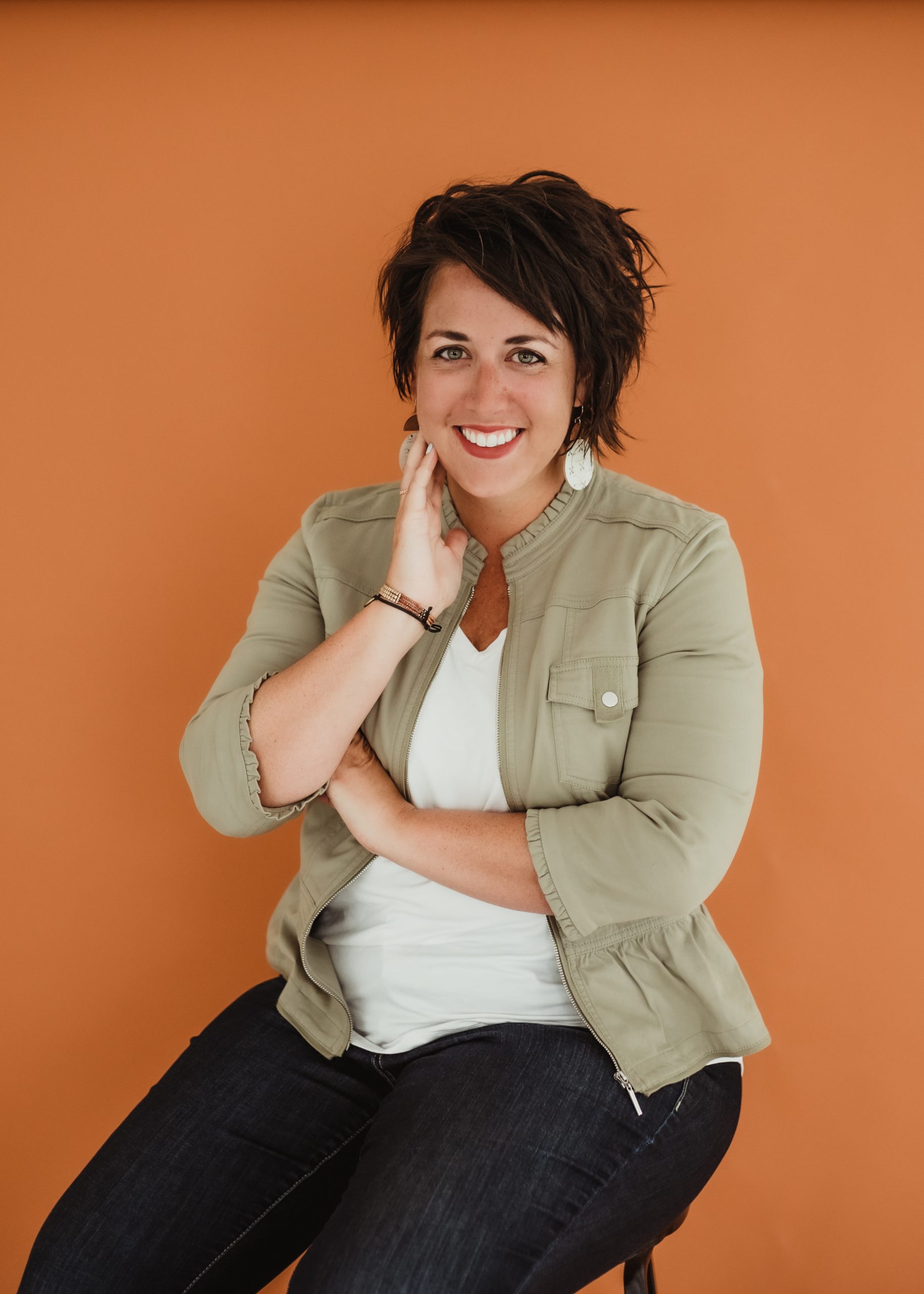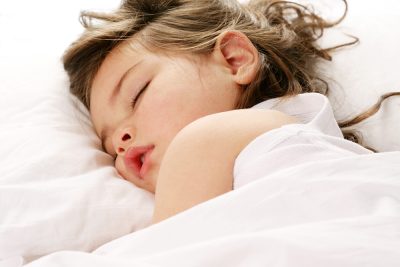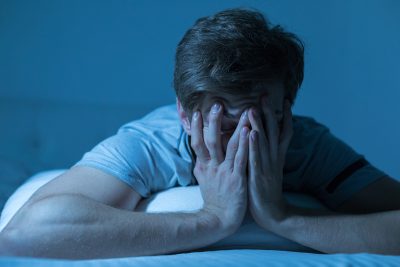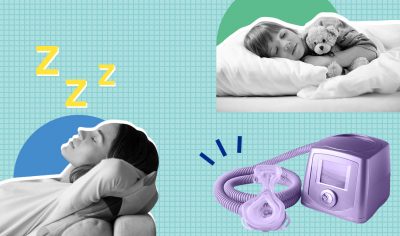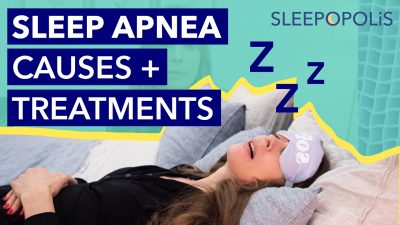Children and Sleep Apnea
- by Alexandra Frost
- Updated: January 3, 2023
Table of Contents
Does My Child Have Sleep Apnea, And What Should I Do? Experts Weigh In On Pediatric Sleep Apnea
There’s nothing scarier than watching your child struggle to breathe. When it’s happening at night, it can be even more stressful for a parent who can’t get any rest themselves as they keep a watchful eye. Of all the Obstructive Sleep Apnea (OSA) diagnoses, 3-5 percent are in children, and they are typically diagnosed between ages two to five, according to Mitchell Levine, DMD, Diplomate, ABDSM President of the American Academy of Dental Sleep Medicine.
OSA might look a bit different in children, but there are also overlapping symptoms with the adult version. Both involve a collapsing airway that prevents a full and high quality night’s sleep, and each might require treatment. Here’s what parents should know if they suspect their child has obstructive sleep apnea.
Common Causes and Risk Factors of OSA in Kids
Risk factors include a child having been born prematurely, neuromuscular conditions, or frequent sore throats or ear infections due to inflamed tonsils and adenoids. Those who have narrow facial bone structure, obesity, small jaw, cleft palate, low or high muscle tone, or airway tumors are also at higher risk, according to Cleveland Clinic.
Many children who have OSA begin showing symptoms between two and eight years of age, though a second peak that is often linked with obesity can occur in school-aged children. Additionally, parents might not realize that enlarged tonsils and adenoids are one of the most common causes of OSA in children, which is correctable in most cases through surgery to remove them.
Signs, Symptoms, And Suspicions Of Obstructive Sleep Apnea In Children
Anyone who has witnessed an exhausted toddler knows it’s nothing short of a major challenge, but it also might be one of the many signs of OSA. As Levine explains, cognitive and emotional concerns sometimes tip off providers that a child might have the condition. Unsurprisingly, disrupted sleep can look a lot like a child who skipped a nap and isn’t getting enough rest on a nightly basis.
Sleepy kids don’t typically look sleepy. They can look hyperactive — and there’s a good deal of literature suggesting that some of these children are misdiagnosed as having ADHD (or they have both conditions).
Of course, there are other factors to look out for. “Restless sleeping and even nightmares may be seen with greater frequency in children with sleep apnea,” says Levine. And according to Po-Chang Hsu, M.D., M.S., other symptoms may include:
- Mouth breathing
- Snoring
- Night terrors
- Bedwetting
- Coughing
- Snorting
- Behavior issues at school and/or home
It’s important to note that not all of the symptoms happen at night. For example, if you witness mouth breathing during the day, that could be a sign it’s happening at night as well. According to Levine, this could be a part of an OSA diagnosis in addition to behavior and learning challenges, and even frequent fidgeting. Of course, there are plenty of children with some of these symptoms without OSA, so it’s essential to ask your own provider.
Determining If A Child Has OSA
While you might think you need to watch your child all night to ensure they are breathing and keep an eye out for symptoms, the best next step is to head to your primary care provider with your concerns, Levine says. It’s also possible that your pediatric dentist might notice potential problems, as sometimes those with a crossbite can have OSA. Dentists are also able to treat some children, so involving them in the conversation is important too.
Your provider will conduct a full physical exam and ask you and your child questions about their sleep and daytime habits and symptoms (if they are old enough). Bring a list of symptoms including if they’re having mood swings or behavioral issues, can’t get up in the morning, or other signs of being extremely tired.
Treating OSA In Kids
The excellent news for parents concerned they might have a child with OSA is that Levine says 50 to 90 percent of children “grow out” of their condition, especially if it’s a mild case. In addition, treating conditions that contribute to OSA, such as getting closer to a healthy weight if a child is obese, can also help eliminate or lessen the severity of the condition. Levine adds that adenotonsillectomy (removing the tonsils and adenoids surgically) is often one of the first treatments.
“Children who have orthodontic crossbites and enlarged adenoids and tonsils may benefit from orthodontic therapy,” he says. “Some children may do well with mandibular advancement devices designed to keep the lower jaw forward during sleep. Children with severe OSA may require PAP or positive airway pressure to manage the OSA condition.” Levine also notes that kids may benefit from hybrid or combinations of therapies, including:
- Surgery to remove tonsils and.or adenoids
- Changing lifestyle habits such as through diet and exercise, if obesity is contributing
- Medication to open the airway
- PAP machines
- Facial therapy
There appears to be some “limited benefit” to tongue exercises and myofunctional therapy, he says, but patients struggling to keep up with the exercise frequency could be behind the lack of strong evidence in favor of the treatment’s effectiveness.
Though a parent’s instinct is often to help their child as much as possible, Hsu explains that while they can help children access medical care, much of the condition is beyond their ability to improve.
The good news is, OSA in children is treatable just as it is in adults. Even better, children have a good chance of growing out of it — it’s just key to be in communication with your medical provider and find the best treatments in the meantime.
Subscribe Today!
Get the latest deals, discounts, reviews, and giveaways!
